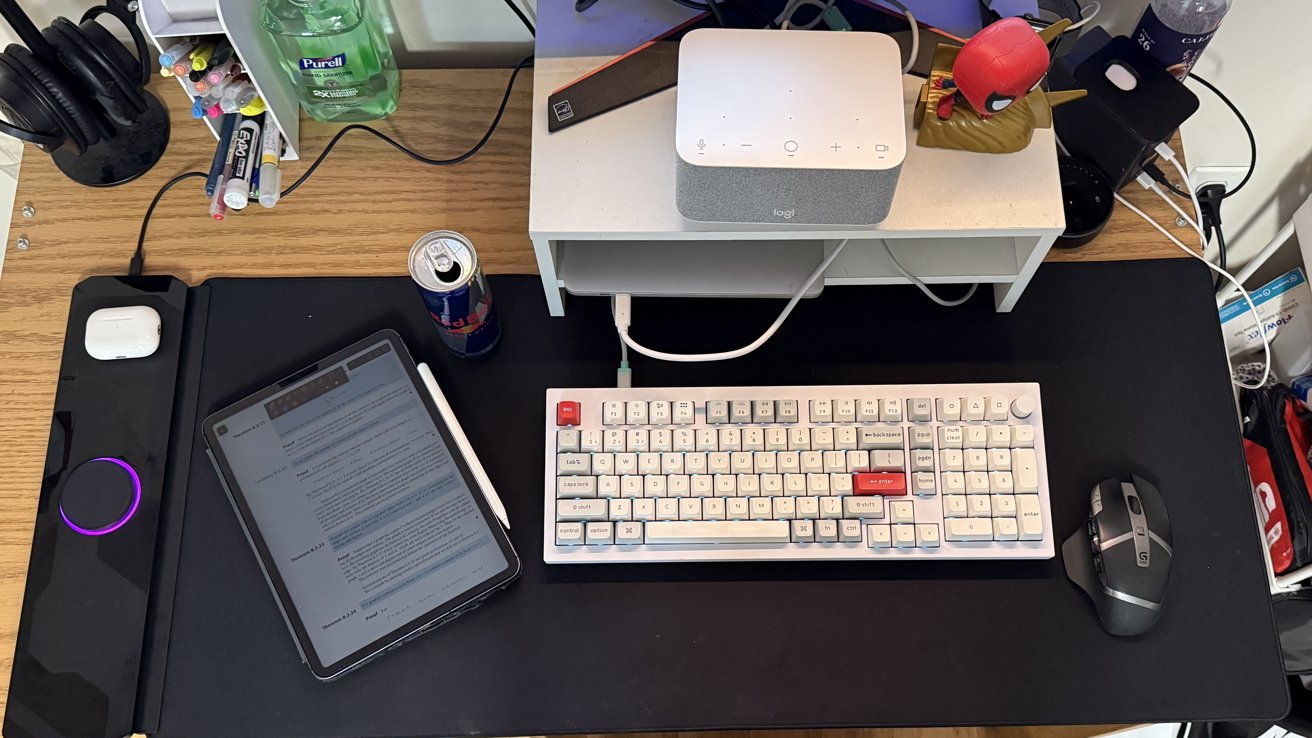The quality and consistency of your internal team communications have the power to change your business for the better or the worse. With more fluid, clearer forms of interaction, your team members will collaborate more effectively and improve overall productivity. With lapses in timing, phrasing, and clarity, your entire operation could collapse.
So what steps can you take to improve internal team communications?
Diagnose Potential Problems
The first thing you should do is take a moment to diagnose potential problems.
Have you noticed anything going wrong in your organization that can be traced back to communication inefficiency? Is there a measurable metric that has dropped off due to a specific type of communication problem? If so, this is your chance to apply specific fixes to whatever problem ails you.
For example, if you’ve noticed an increase in customer churn, it could be a signal that your customer service agents aren’t clear about their responsibilities or that they aren’t handling customer support communications in an adequate way.
Revisiting your scripts, SOPs, team meeting protocols, and other customer service department internal communications could help abate the issue.
Establish Strong Leaders
Whether it’s conscious, unconscious, or a mix of both, people tend to mimic the style and approach of their leaders.
Accordingly, it pays to establish strong leadership throughout your organization to set a standard for effective communication. If your leaders consistently communicate, and they communicate in clear, concise ways, they’ll set a powerful example that all the rest of your employees can follow.
There are two approaches that can help you here.
- First, you can prioritize effective communicators when considering promotions and when hiring new leadership candidates. If someone consistently offers clarity and focused messaging, they should have a better chance of getting into a leadership position than a less effective counterpart.
- Second, you can provide more training and education to your existing leaders. Communication courses and seminars, along with deliberate practice, can turn almost anyone into an effective communicator.
Create Multiple Communication Channels (And Use Them Appropriately)
Make use of many different communication channels. Different communication channels offer different strengths and weaknesses, and can be used in different contexts to communicate better.
If all these tools are available to your employees, and they know how to use each one to its fullest potential, your internal communications are going to be much stronger.
Digital Signage
With the help of digital signage software, you can display almost any kind of visual or text you want — and you can rotate through various different messages on your digital signs. Throughout the office, your screens can provide consistent reminders, advisements of current conditions, instructions, updates, and more. It’s an easy way to get everyone in the workplace on the same page.
Email is one of the most common forms of workplace communication because it’s permanent, instant, and written. However, it’s not the best platform for an ongoing dialogue, nor is it ideal for expressing complex ideas.
Chat
Chat platforms make it easy to ask quick questions and enjoy a reciprocal dialogue, but they can also be distracting. Nobody wants to be pulled into chats all day, but this is an effective communication tool when you use it to its fullest extent.
Calls/Video Conferences
Calls and video conferences are good for coordinating many different people and holding complex dialogues. However, they tend to be time consuming, and they can quickly go off the rails if you have too many participants. They should be used sparingly and with intentionality.
Social Media
Even social media has a place in your internal communications strategy. When used correctly, it can facilitate stronger bonds between your employees and provide an informal, easy way to reach someone.
Create Consistent Workflows for Project and Task Management
How are people supposed to communicate about high-level projects and low-level tasks?
For example, is there a template you can use to describe a project? Who is responsible for communicating about the details of a project? When an employee completes a task, what information should they give about the task completion?
If you don’t have clear workflows and protocols for project and task management, it’s quickly going to turn to chaos, since each individual will bring their own style and approach to the group.
Strive for a consistent process that everyone can follow.
Onboard and Train Your New Hires
Onboarding and training is a critical opportunity to teach employees about the fundamentals of effective internal communication.
Set expectations for when and how they’re supposed to communicate and consider providing additional education and training to any new hires that seem to be struggling.
Utilize Team-Building Events
Team-building events are an excellent opportunity to improve communication skills between your employees.
During these events, employees are usually tasked with some sort of competitive or collaborative challenge that requires them to communicate with each other in order to succeed. It’s excellent communication practice that can reveal critical weaknesses. Perhaps most importantly, it gives your employees a chance to bond with each other and get to know each other better.
Employ More Visual Forms of Communication
Mastering written language is always beneficial, but most people prefer visual forms of communication.
Visual forms of communication are faster, easier to understand, and for the most part, more intuitive. Seeing data visually represented in a graph is much smoother than having someone rattle off a bunch of numbers to you.
You can improve internal communications in your workplace by employing more visual forms of communication. Photos, illustrations, diagrams, and even simple things like facial expressions and body language can help communicate your points.
Look for Coaching and Teaching Opportunities
Not all of your employees will be strong communicators by default. That’s perfectly okay.
Anyone can become a better communicator if they have the right coaching and practice. When you notice a team member falling behind, or struggling with a specific aspect of communication, pull them aside and treat this as a coaching or teaching opportunity. What, specifically, is this person doing wrong? What steps can they take to make it better?
Recognize Individual Strengths and Weaknesses
It’s also important to recognize that good communication isn’t an objective universal standard. Different people communicate in different ways, and that’s perfectly acceptable.
Someone who has mastered the written word might struggle in an active conversation, while a fluent, eloquent conversationalist might not be skilled at typing a coherent email.
Part of your job as a communication leader is to recognize these individual strengths and weaknesses, and cater to them. Put people in positions that allow them to use their unique communication skills as effectively as possible — and try to help those people learn how to compensate for their weaknesses.
Don’t Overwhelm Your Employees
It’s important to avoid overworking or overloading your employees.
There are many strategies and tools in this guide that you can use to help your employees become better communicators. However, if you bombard them with new communication requirements and overload them with training, it’s probably not going to stick.
Better internal communication is something that develops over time, so it’s a good idea to take baby steps and a more iterative, forgiving approach.
Gather Feedback
At all levels, consider collecting feedback from your employees and team leaders.
In what areas are they satisfied with internal communications? What types of internal communications are the frequent target of complaints? In this way, you can get a better feel for the internal communications “pulse” of your organization — and you can become much more targeted in your communication improvement strategy.
With these strategies, and plenty of patience, you should be in a position to see steady improvements in the clarity and efficiency of your internal team communications. Once you have a solid foundation, better internal communication will likely self-perpetuate. Good communication fundamentals will become baked into your company culture. This makes it much easier to remain consistent and onboard new team members.
That doesn’t mean you can stop paying attention to internal communications — but you can afford to take a moment to celebrate the win.
Featured Image Credit: Felicity Tai; Pexels. Thank you!




















Discussion about this post